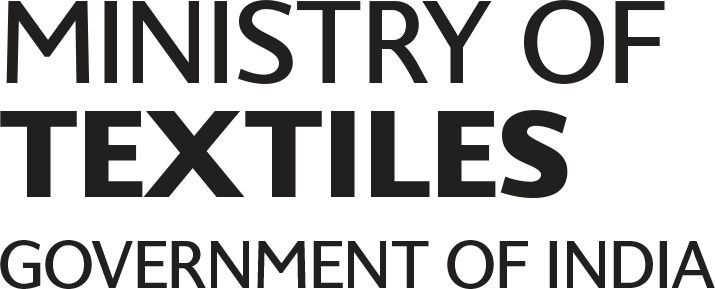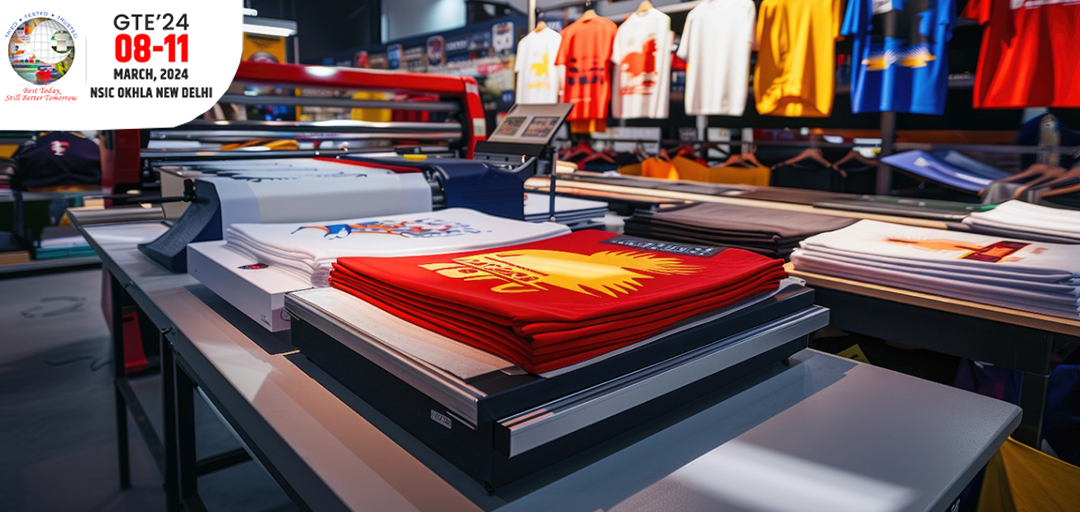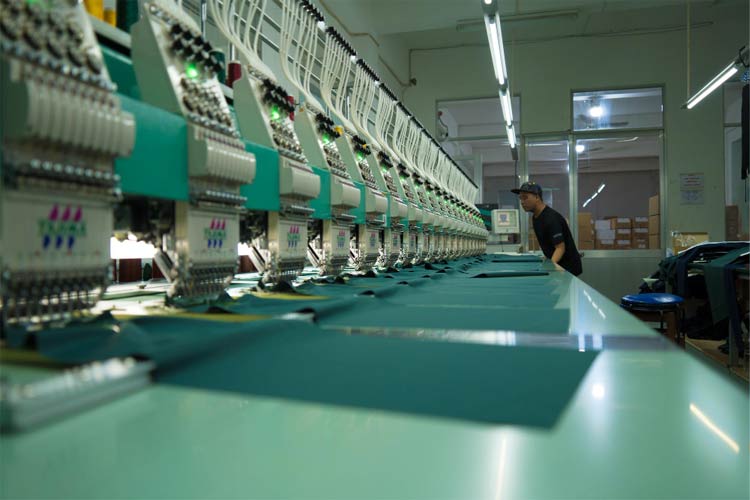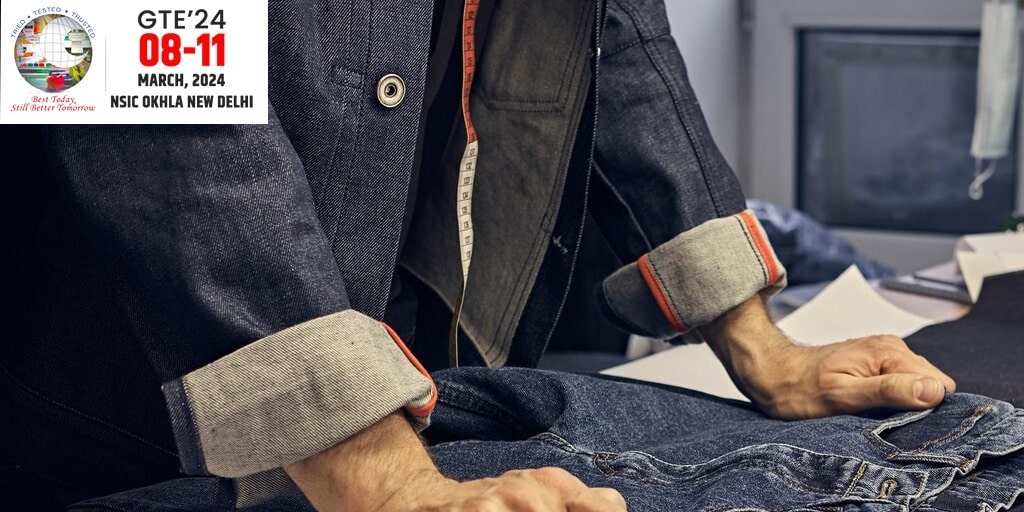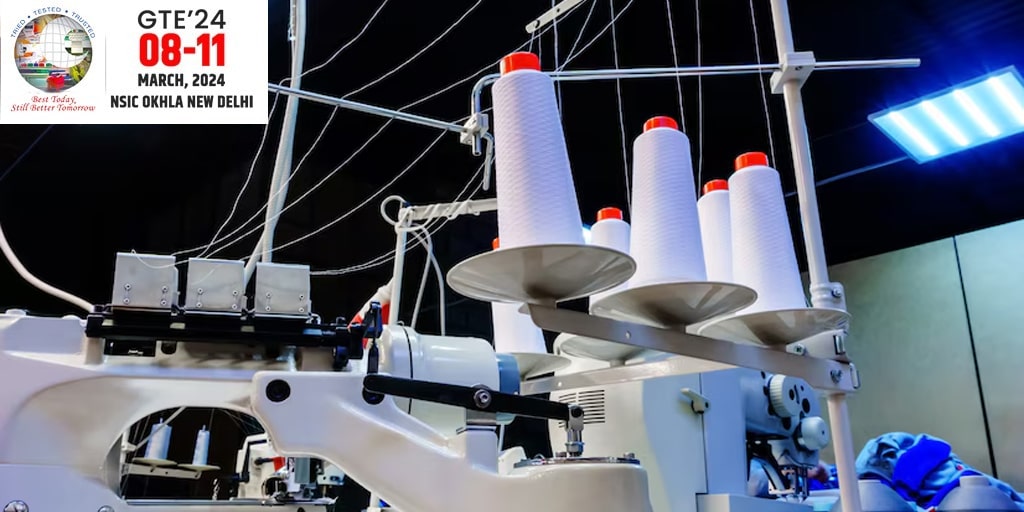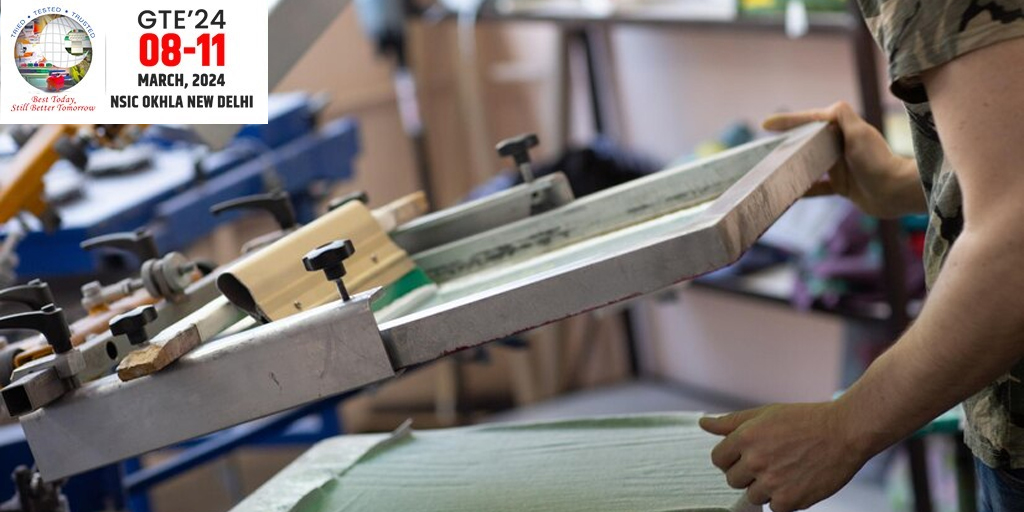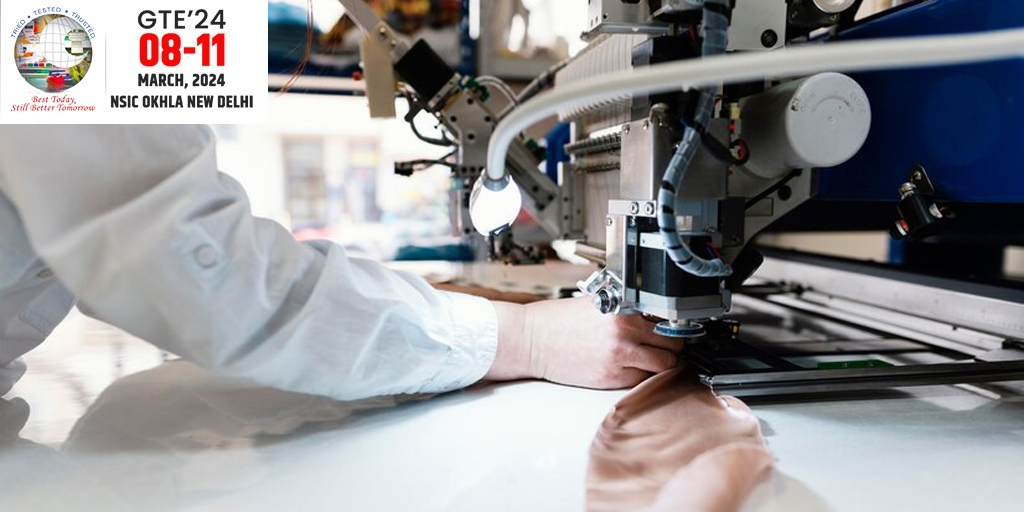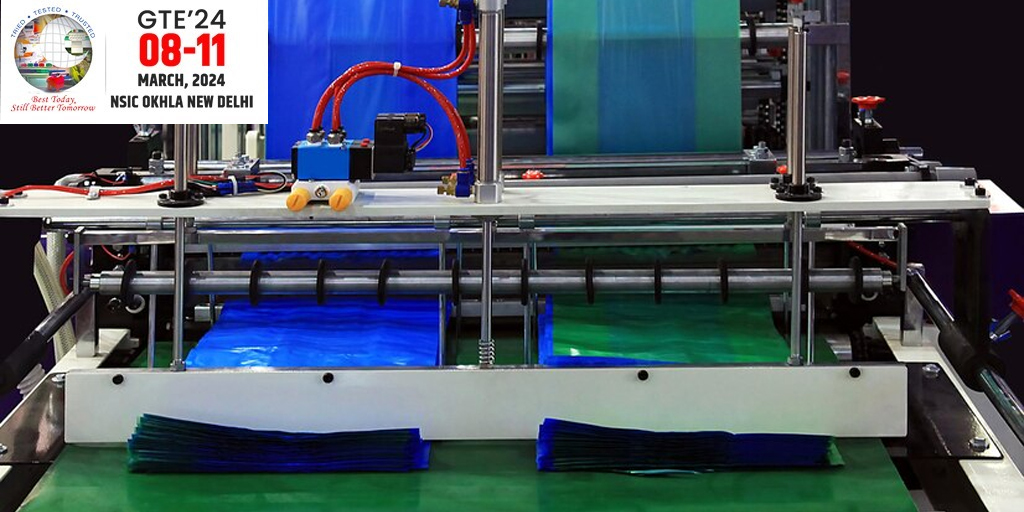The durability and quality of printed images on clothing as well as pottery and promotional items depend on selecting suitable transfer printing equipment. The current market of machines poses significant challenges to selection especially for novice users or users seeking equipment replacements. The identification of precise temperature and pressure controls with material compatibility along with easy operation and durable construction represents important factors for building a wise investment. The selection of proper factors guarantees that results will be dependable while reducing errors and increasing output. Your print journey will receive optimal support from the correct machine which simultaneously improves print standards together with operational effectiveness and potential commercial growth. Now we will discuss the features to consider when buying transfer printing equipments.
What Feature Should You Look for When Purchasing Transfer Printing Equipments?
Compatibility with Different Materials
Not every transfer printing equipments is created equal; some are constructed to print on textiles, while others are constructed to print on hard surfaces such as metal or ceramic. Investing in machine compatibility with many materials will maximize your investment return. The best alternatives support the printing of all materials which include cotton, polyester, blends, glass, porcelain, wood, metal, and plastic. This machine enables product line variability without requiring extra equipment because it offers versatile features. A versatile machine allows you to experiment with different products and serve multiple customer requirements for creating top-quality personalized items ranging from t-shirts to mugs to signs.
Temperature and Pressure Control
Exact temperature and pressure management control the effectiveness of the printing process. The quality results along with transfer adhesion directly depend on these primary factors. Machine operators can adjust pressure levels alongside temperature settings according to what material they work with. Operators benefit from digital display monitoring which guarantees simple control of the machine during operation. Multiple studies support heat distribution uniformity across the platen that leads to increased print precision while avoiding artwork damage and print defects. The purchase of equipment featuring precise control functions leads to better printing operation reliability, saves time, and reduces waste.
Size and Design Flexibility
The size and shape of the transfer printing equipment should match the kind of work you are doing. An A4 machine is sufficient if you’re printing primarily on small items like tote bags or t-shirts. A3 or bigger machines should be used for bigger formats like pillows or hoodies. Ease and safety are also affected by design features; for instance, clamshells conserve space, and swing-away or slide-out platens enhance accessibility and reduce the likelihood of burns. Aside from supporting diverse applications, a machine with these flexible features will facilitate improved workflow and operator comfort in your work environment.
Build Quality and Durability
When choosing transfer printing equipments, toughness is essential. Use high-quality materials that will not only deliver better performance but also significantly increase the life span of transfer printing machines. Choose devices with strong metal bases that will not warp or shake, ensuring smooth operation. Strong handles and hinges are necessary for consistent pressure application. Proper insulation and wiring make the machinery safer by avoiding electrical issues and overheating. A robust build reduces maintenance and downtime in business or high-volume applications, keeping your business up and running. An emphasis on build quality will pay dividends in reliability, performance, and long-term value, although it might slightly increase initial costs.
Ease of Use
Machines that are easy to use are essential, particularly if you’re training new employees or transferring printing. Seek out devices with easily readable buttons or indicators, as well as touchscreen controls. For typical materials and designs, pre-set temperature and pressure programs can streamline operations and reduce setup time. Simple loading procedures and easily adjustable platens help lower mistakes and boost output. Time is saved, learning curves are lowered, and consistent quality is ensured by a well-designed machine. In the end, purchasing an intuitive printer increases productivity and frees up more time for creative rather than technical setup or troubleshooting.
Conclusion
When it comes to choosing the transfer printing equipments, consider the important features including compatibility with other materials, temperature and pressure control, durability, etc. Garment Technology Expo offers premium quality transfer printing equipment that enhances the production of the garment industry. Check out and buy transfer printing equipment from our website at https://www.garmenttechnologyexpo.com/

